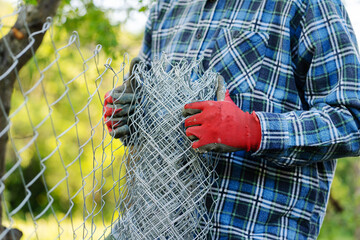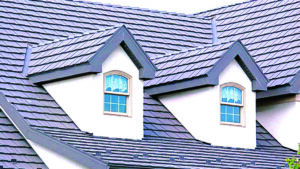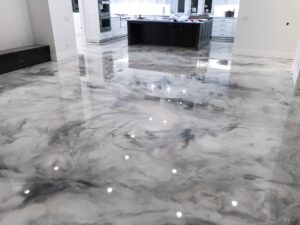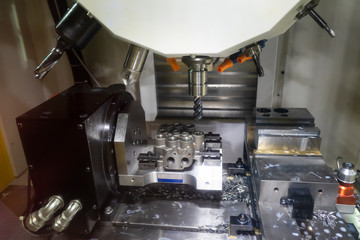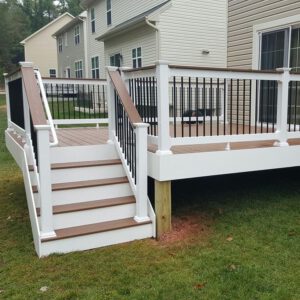Setter Certification Program Review provides individuals with the knowledge and skills they need to become successful appointment setters. Its curriculum regularly updates to reflect new technologies and industry best practices. It also seeks input from participants to ensure that its training modules are relevant and up-to-date.
While there are many positive reviews of the Setter Academy, it is important to note that negative feedback exists as well. These negative reviews include complaints about hidden pricing, refund problems, and overblown profit guarantees.
Richard Yu

Richard Yu is a renowned high-performance business coach who has gained recognition for his engaging social media content and YouTube channel, where he helps individuals build and scale their online consulting firms. His program, Impact Clients, has become a reputable training tool for aspiring entrepreneurs and professionals in the field of appointment setting. Many of its participants have attained remarkable business success, and this article will explore the comprehensive content of the program and its real-world results.
Before launching his successful consulting business, Yu struggled with financial instability. He tried several businesses, including an ATM business, a dropshipping eCom business, and a B2B agency, but none of them succeeded. He was determined to find a stable career that would allow him to live the life he wanted, and he found it in online consulting.
After his first year as a consultant, Yu saw a threefold increase in his revenue. In addition, he had more time to spend with his family and pursue other personal goals. His success was due to the use of his own strategies and the assistance of high-performing influencers.
While the Impact Clients program has received positive reviews from satisfied participants, there are also some negative online reviews about the course. Some of these reviews cite sketchy refund policies, which can make it difficult to get your money back if you decide to abandon the program. Others also point out that the program does not include an adequate coaching component and relies too much on organic marketing techniques.
The Setter Academy
Whether you’re an experienced setter or are new to the game, The Setter Academy is the perfect place for you to learn and train. With a full curriculum that covers beginner to advanced setting techniques and strategies, the program offers comprehensive training to prepare participants for the demands of professional playing environments. In addition to core setting skills, the program also teaches leadership and communication. The training modules help participants develop the necessary skills and knowledge to excel as leaders on the court.
The program’s instructors and mentors are experienced volleyball coaches and highly-qualified professionals who have the expertise and experience to teach aspiring setters. They regularly update the curriculum and incorporate emerging technologies, industry trends, and best practices to ensure that participants receive the most relevant and cutting-edge knowledge. This is a critical differentiator from other similar programs, which may be less responsive to industry changes.
In recent months, The Setter Academy has gained momentum, with new participants joining the program from all over the world. The program has also formed strategic partnerships and collaborations with key industry players, which has increased the program’s reach and allowed it to serve a wider range of clients.
The Setter Academy’s course is designed to help aspiring setters develop the right mindset and skills to be successful in the coaching industry. In addition to a comprehensive curriculum that teaches setting skills and strategies, the course also includes a series of self-assessments and quizzes to help coaches identify areas for improvement. The program also offers a community of experienced setters and coaches who can provide support and guidance throughout the process.
Unlike other online coaching programs, The Setter Academy offers its courses at a reasonable price, with most of the costs covered by student scholarships and discounts. However, some students have reported problems with the program, including a sketchy refund policy and difficulty getting in touch with coaches. These issues should be carefully considered before making a decision to enroll in the program.
The Setter Certification Course
Whether you’re an experienced setter, or just starting out, the right course can help you improve your performance and increase your earning potential. The program offers 4.5 hours of detailed instruction, video analysis, diagrams, and drills by Christy Johnson-Lynch, a two-time All-American setter. The program’s coaching methods are proven to work and will give you the tools you need to become a successful setter.
The program also provides a wide variety of advanced workshops and masterclasses, giving participants the opportunity to delve deeper into specific areas of the setting profession. The program’s advanced offerings also allow participants to receive industry recognition upon completion, boosting their professional credibility and career prospects.
In addition to offering advanced workshops and masterclasses, the Setter Certification Course also offers a comprehensive curriculum that includes practical training sessions. This curriculum covers topics such as advanced techniques, advanced routesetting, and leadership skills. Additionally, the course includes an online community that connects participants with fellow setters and coaches.
While the program has a primarily positive reputation, it has some negative reviews on Trustpilot. These are mainly in the form of Reddit threads and Coffeezilla comments. The negative reviews cover a number of different topics, including Richard Yu as an entrepreneur, the demeanor of his coaches, the legitimacy of the certificate, and payment issues.
Those who have Level certifications often find that they can command higher salaries at their gyms, and may even be able to attend competition events without having to pay for them out of their own pocket. In addition, holding multiple Level certifications can make a gym more attractive as an event host when USAC plans its tournament schedule.
The Setter Certification Course is an online program that gives students the tools they need to succeed as a climbing coach. Students are provided with an extensive library of videos and exercises, as well as a detailed manual and quizzes. The course is designed to be as interactive as possible, with the instructor providing feedback on assignments and answering questions. The course is also available in a mobile-friendly version for those who prefer to learn on the go.
The Setter Certification Review
As a business owner, you know that setting appointments is essential for success. If you’re looking for a way to boost your income, consider getting a setter certification. These programs offer lessons in setting techniques, scripts, and client-hunting. They also provide coaching and an exclusive community for students. These programs can help you grow your business quickly and easily.
Aside from gaining valuable skills and expertise, the program’s curriculum includes leadership and communication modules to improve your performance on the court. The program also offers advanced workshops and master classes conducted by industry experts. These courses will allow you to learn new skills and gain momentum in your career as a setting coach.
The Setter Academy offers a number of different courses, including a basic course for beginners and an advanced course for experienced setters. These courses cover topics such as dealing with objections, workflows, and scripts. The advanced course is a bit more expensive, but it’s worth the extra investment if you want to become an expert setter.
In addition to these courses, the Academy offers an online forum for its members, where they can discuss their experiences and learn from each other. The forums are a great resource for new setters, as well as established ones. They can also help you get more clients and increase your income.
While the program is highly regarded by its students, there are some negative reviews as well. Some students complain that the program is not effective and can cause burnout. Others have trouble finding high-performing clients. Some even say that the program is a scam.
While it may seem tempting to become a remote setter, the reality is that it’s not as lucrative as it’s made out to be. The demand for remote setters is low, and the average salary is only around $3,000 to $7,000. The commission rate is also quite small. In order to earn that much money, you’ll need to work very hard each month. In addition, you’ll have to compete with other remote setters to get clients.
